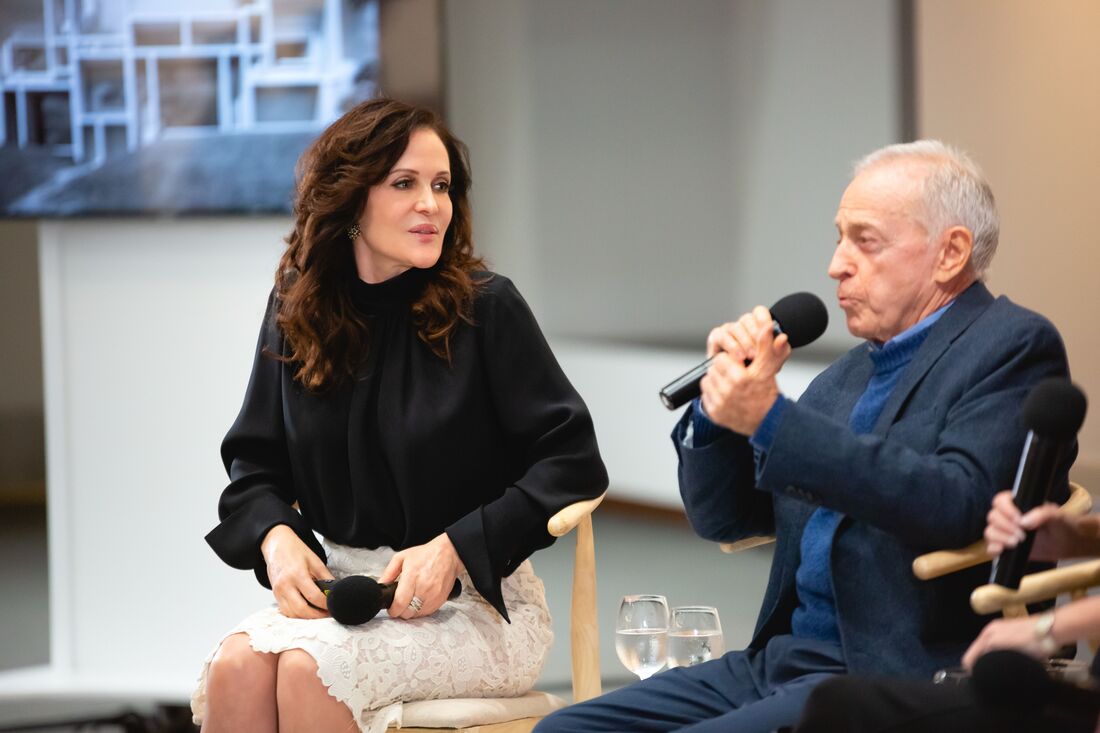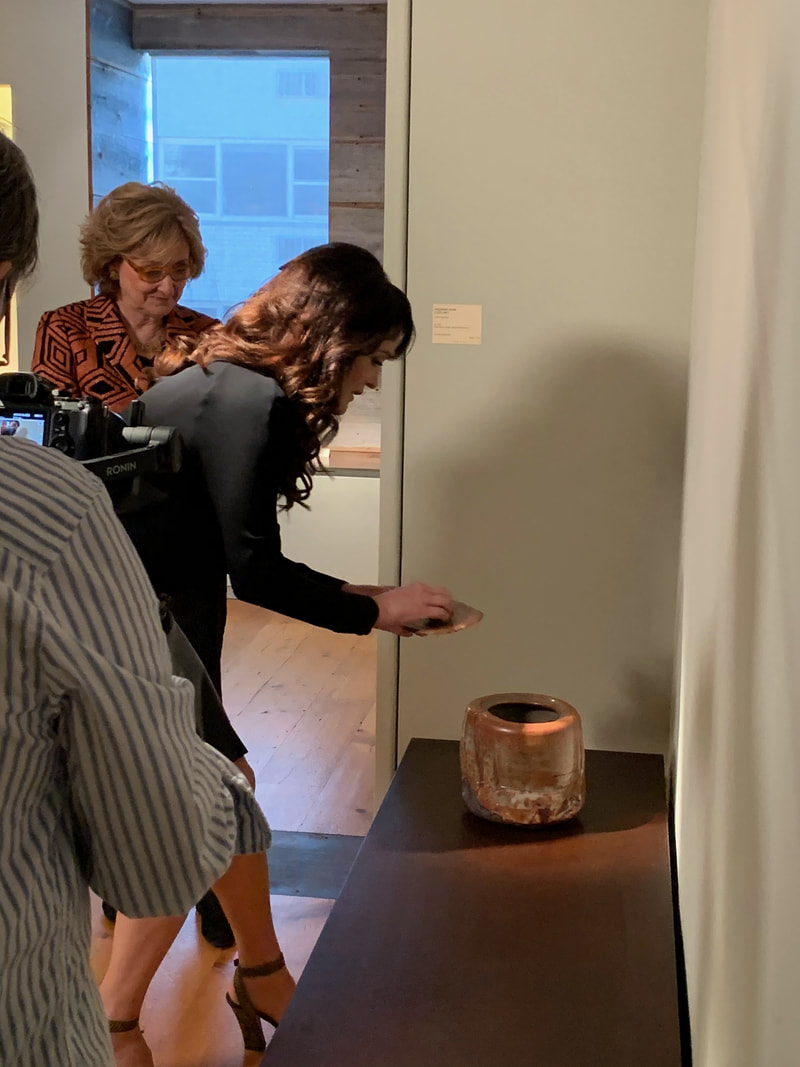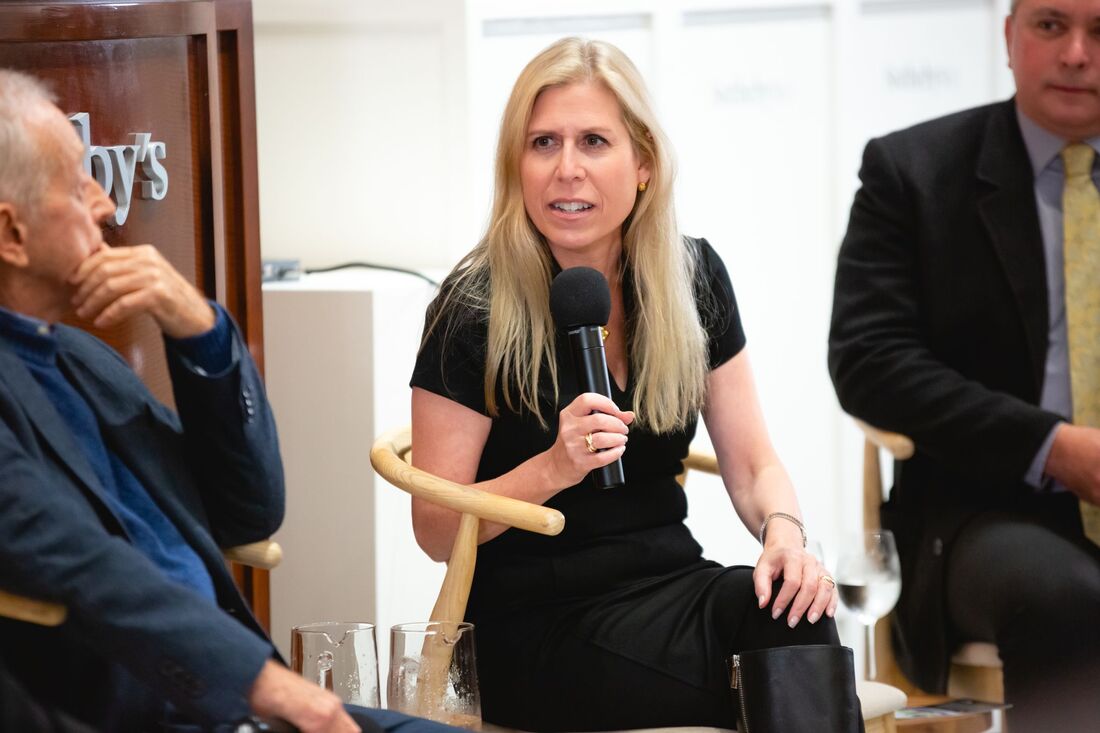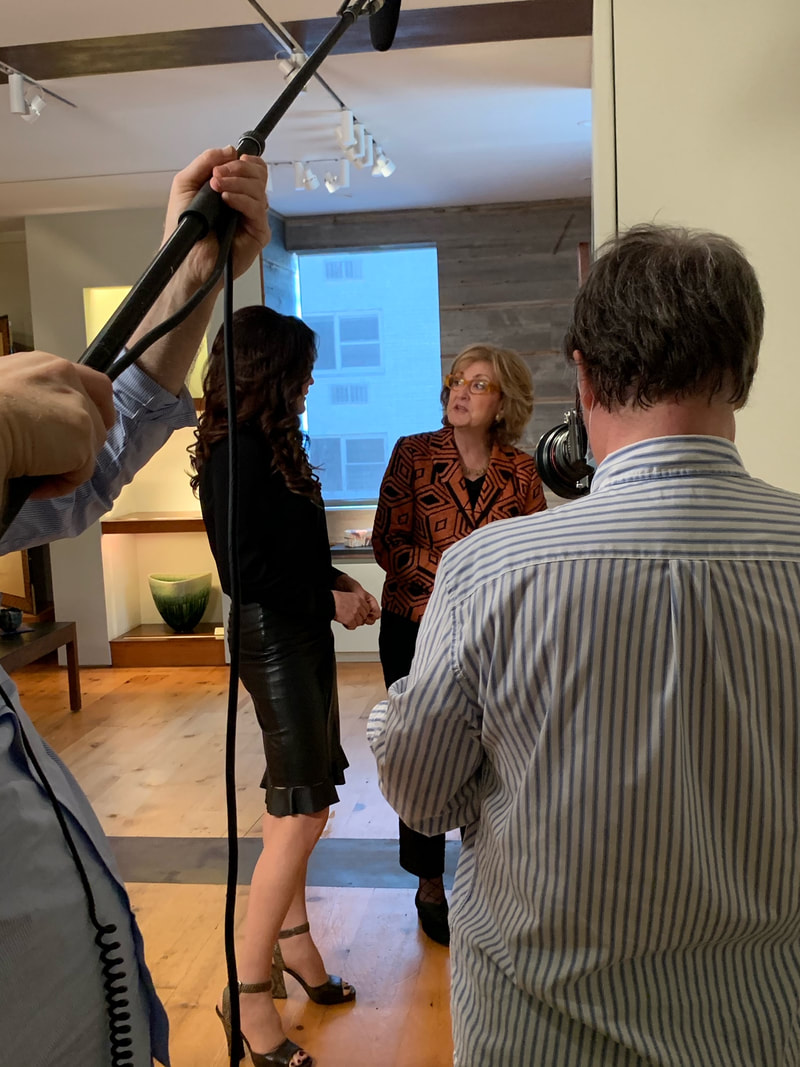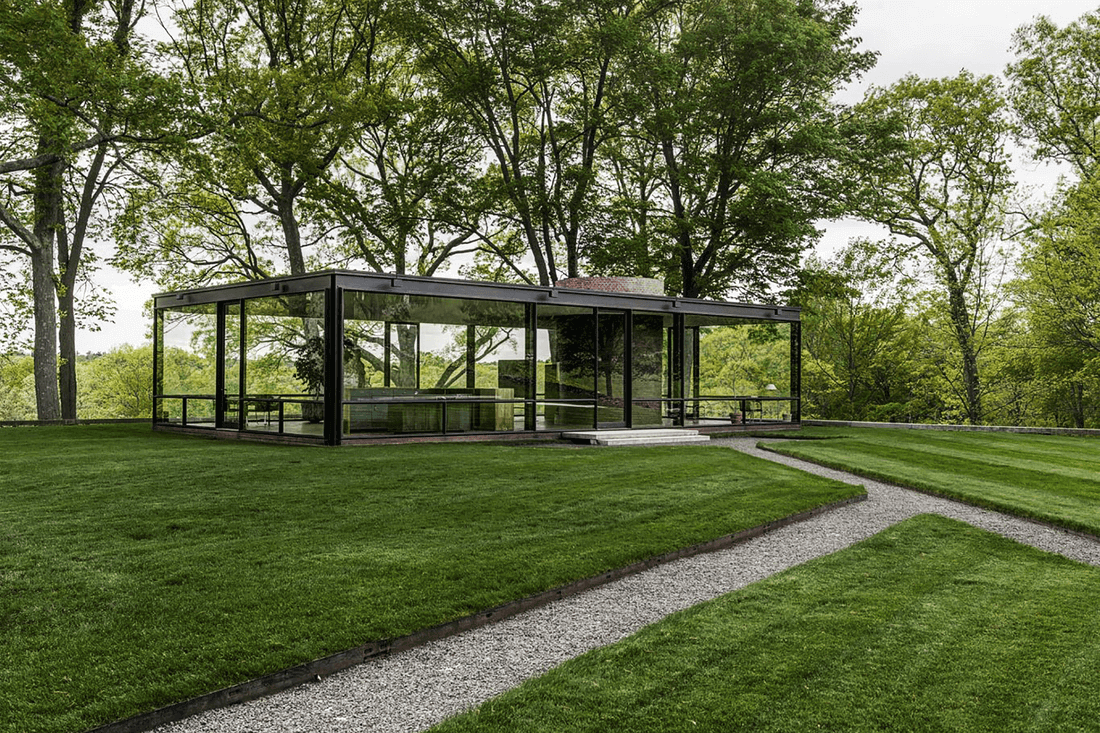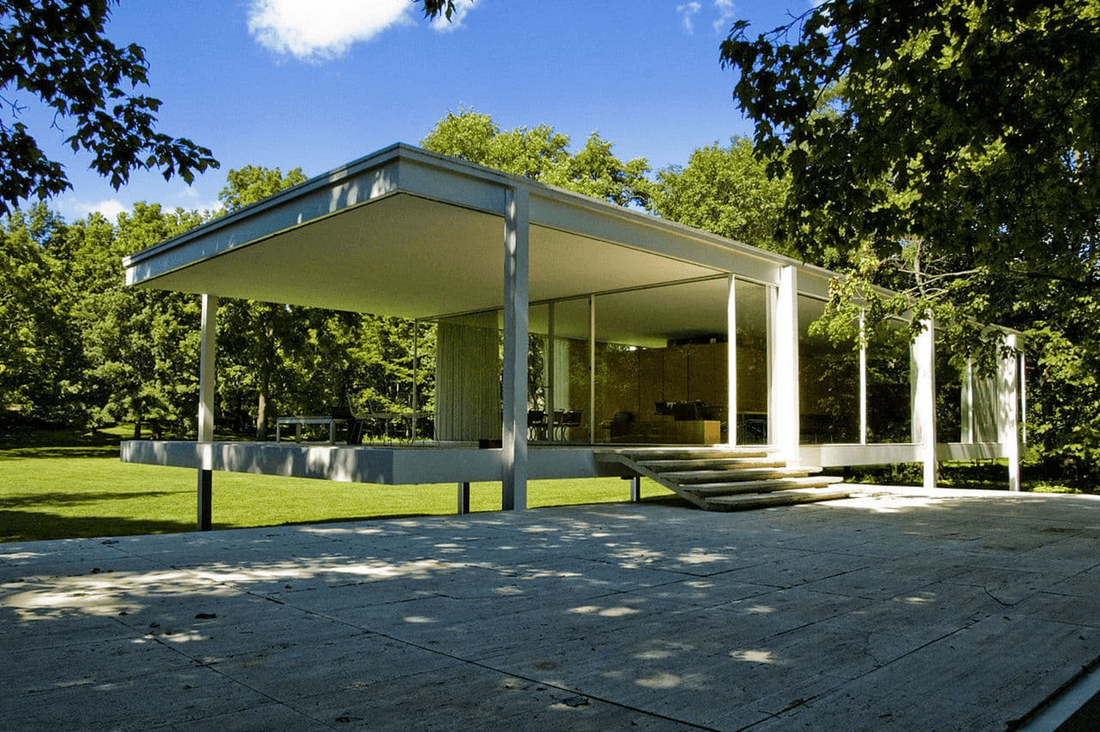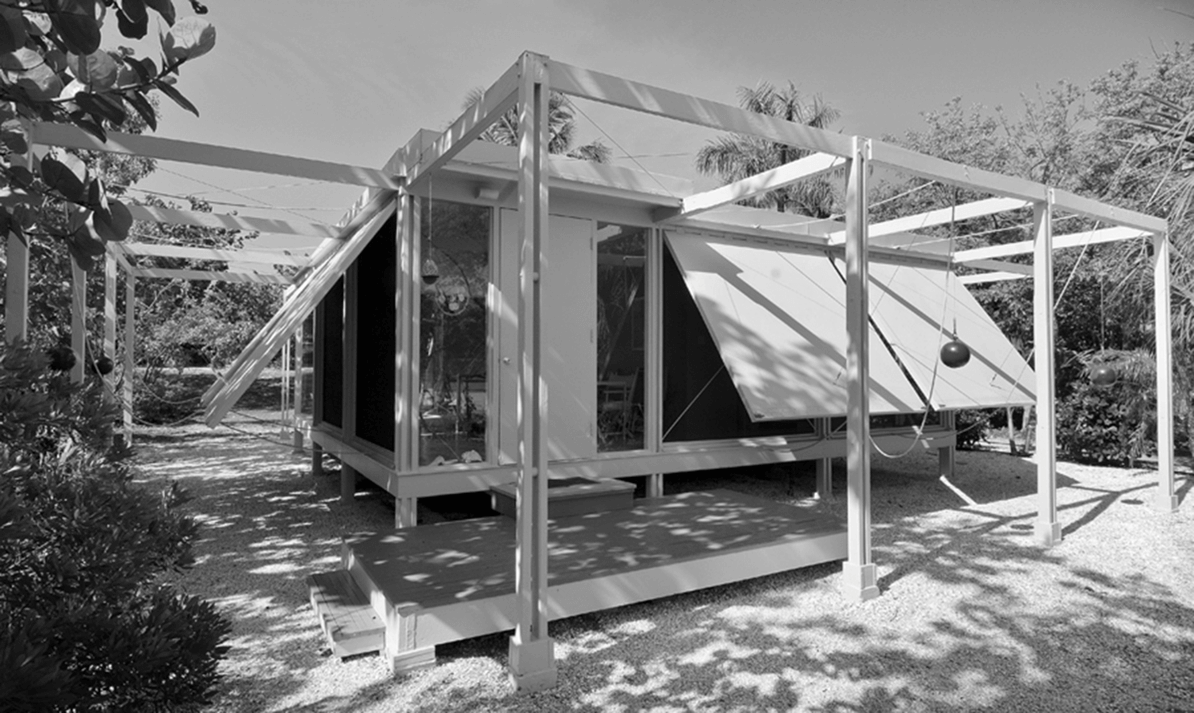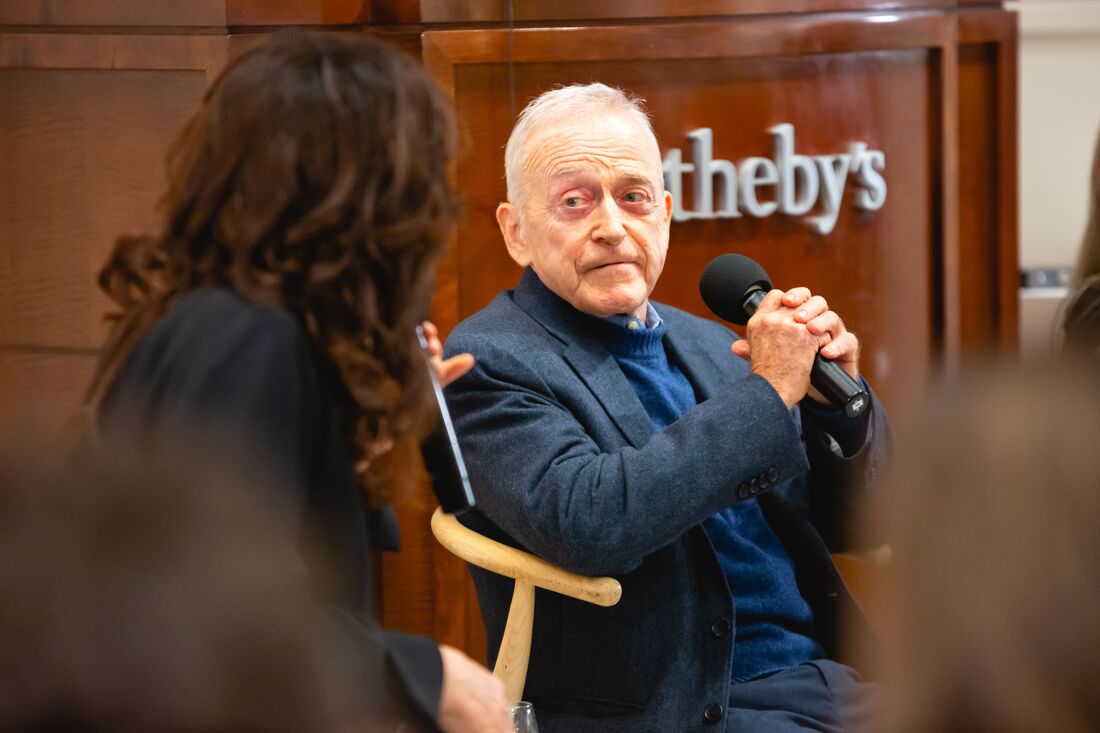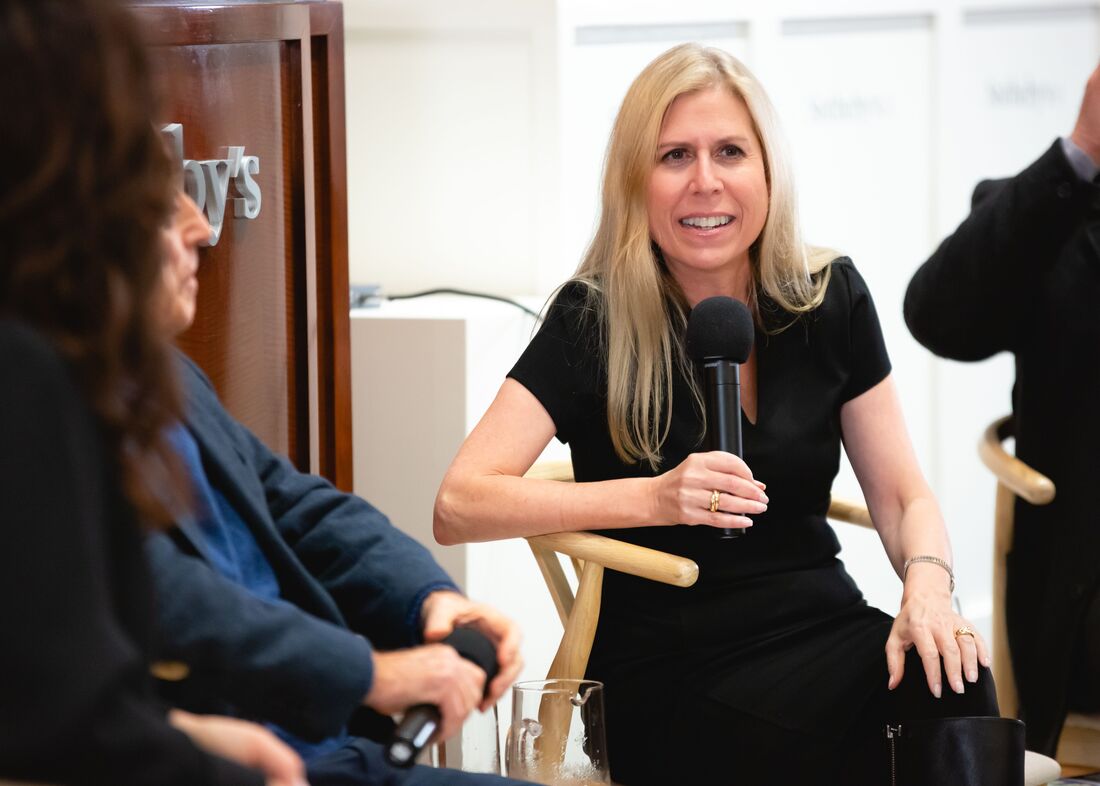No other American house of the mid-century years had come to capture the fantasy of living in transparent glass as the three iconic houses which will be celebrated here this evening: The Farnsworth House; the Glass House; and the Walker Guest House. Constructed within two years of each other, between 1949 and 1951, and designed by design legends, these are among the most admired, influential and memorable homes of 20th-century architecture. Each marked extraordinary moments in the careers and legacies of their respective architects; Ludwig Mies van der Rohe, Philip Johnson and Paul Rudolph. They created these masterpieces of modernism in very different moments in their careers.
By the time he completed the Farnsworth House, Mies was 65 years old and was hailed as the world’s most famous architect; it ultimately became the symbol of his commitment to excellence, to simplification, to the art of the building, a full representation of his famous motto, less is more. When Philip Johnson moved into his Glass House, he was 43 and already instrumental as a curator at MoMA. He had just completed a modernist house for Dominique and John de Menil in Houston, and was in the process of establishing his architecture office. Paul Rudolph was a young architect in his 30s and a recent graduate from Harvard Graduate School of Design, just establishing his practice in Sarasota, Florida, when he designed a small Guest House for his client Walter Walker, a doctor from a wealthy Minnesota family. This had lead to a super successful career during the 60s.
The three glass houses were built in locations that couldn’t have been more different from one another. The Farnswoth House, in the countryside in Illinois along the Fox River; Philip Johnson’s Glass house, in a wealthy community in CT, surrounded by New England’s lush landscape; and the Walker Guest House on an isolated island off the West Coast of FL, facing the Gulf of Mexico.
The Farnsworth House was the first, the touchstone, the source of inspiration for the other two and for other endless houses built since. Yet, Mies began envisioning his futuristic glass buildings decades earlier, when living in Germany and when coining the term ‘skin and bones architecture,’ referring to steel structures and glass curtains. As a young architect, he was a part of a group of German visionaries who believed that glass was an agent of change, power, and freedom. They sought to create architecture of fantasy and spiritual mystery, transparency, light, and shimmering reflections. Glass towers, they believed, would replace the cathedral as serving the new communal society. In the words of Walter Gropius, founder of the Bauhaus a ‘Cathedral of Socialism.’
By the time he completed the Farnsworth House, Mies was 65 years old and was hailed as the world’s most famous architect; it ultimately became the symbol of his commitment to excellence, to simplification, to the art of the building, a full representation of his famous motto, less is more. When Philip Johnson moved into his Glass House, he was 43 and already instrumental as a curator at MoMA. He had just completed a modernist house for Dominique and John de Menil in Houston, and was in the process of establishing his architecture office. Paul Rudolph was a young architect in his 30s and a recent graduate from Harvard Graduate School of Design, just establishing his practice in Sarasota, Florida, when he designed a small Guest House for his client Walter Walker, a doctor from a wealthy Minnesota family. This had lead to a super successful career during the 60s.
The three glass houses were built in locations that couldn’t have been more different from one another. The Farnswoth House, in the countryside in Illinois along the Fox River; Philip Johnson’s Glass house, in a wealthy community in CT, surrounded by New England’s lush landscape; and the Walker Guest House on an isolated island off the West Coast of FL, facing the Gulf of Mexico.
The Farnsworth House was the first, the touchstone, the source of inspiration for the other two and for other endless houses built since. Yet, Mies began envisioning his futuristic glass buildings decades earlier, when living in Germany and when coining the term ‘skin and bones architecture,’ referring to steel structures and glass curtains. As a young architect, he was a part of a group of German visionaries who believed that glass was an agent of change, power, and freedom. They sought to create architecture of fantasy and spiritual mystery, transparency, light, and shimmering reflections. Glass towers, they believed, would replace the cathedral as serving the new communal society. In the words of Walter Gropius, founder of the Bauhaus a ‘Cathedral of Socialism.’
Last evening’s discussion illuminated the combined histories and fascinating narratives of three American glass houses of the mid-century years, which have become myths. Event took place at Sotheby’s with Hilary Lewis, Chief Curator & Creative Director of The Glass House; Carl Abbott, FAIA, one of the most awarded architects in Florida and the Caribbean region, and a member of the original Sarasota School of Architecture; Scott Mehaffey, Executive Director of the Farnsworth House. All photos by Blue Slate Films (with the exception of the noted one). The video will be available here in the next two weeks.

